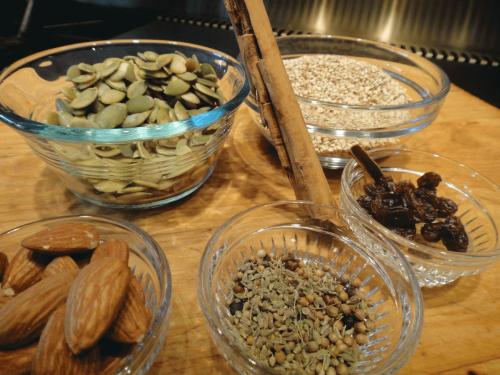 Or you taste it at a wedding because a Texas family uses that old recipe a travelling friend shared with them generations ago.
Or you taste it at a wedding because a Texas family uses that old recipe a travelling friend shared with them generations ago. 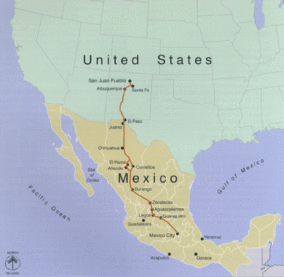 I think mole is becoming more available in Texas and Northern Mexico because of digital media and travel. Travel routes connecting today's Texas, Northern Mexico and Southern Mexico date back to the Texas Indians prior to the 1400's. The Mexico-US "Camino Real" of the Spaniards, was built upon one of these routes. These ancient routes enabled our native ancestors to learn about each other's cuisines (types of chiles, corn, cooking utensils, pottery, types of beans). With today's digital media I can blog. I think this accelerated sharing will increase the presence of Mole Poblano on our tables here in Texas and Northern Mexico.
I think mole is becoming more available in Texas and Northern Mexico because of digital media and travel. Travel routes connecting today's Texas, Northern Mexico and Southern Mexico date back to the Texas Indians prior to the 1400's. The Mexico-US "Camino Real" of the Spaniards, was built upon one of these routes. These ancient routes enabled our native ancestors to learn about each other's cuisines (types of chiles, corn, cooking utensils, pottery, types of beans). With today's digital media I can blog. I think this accelerated sharing will increase the presence of Mole Poblano on our tables here in Texas and Northern Mexico.Following is the recipe for the Mole Poblano. I find it's easier to learn to make it if you think of the types or groups of ingredients as you would an instrument section in a symphony orchestra. If each group is to bring its special character and tone to the sauce, the ingredients must be well prepared prior to blending.
Ingredients
---AROMATICS
14 Black Peppercorns
5 Cloves, whole
1 stick of Mexican canela, 3 inch
1/2 tsp Coriander Seeds
1/2 tsp Anise seeds
These aromatics are to be fried in a bare minimum of Canola oil to the point when they begin to release their aroma.
---NUTS, SEEDS AND GRAIN
20 Almonds
2 oz. Pumpkin seeds
1/2 cup Brown Sesame seeds
Chile seeds from the cleaned chiles below.
1 Corn Tortilla, stale
These are to be fried in a small amount of canola oil, each separately, to the point of golden. NOTE, the pumpkin seeds turn bitter if over-cooked so be attentive.
---VEGETABLES AND FRUIT
1 White Onion, halved
3 Garlic cloves, unpeeled
4 Roma tomatoes, quartered
6 Tomatillos, quartered
3 tsp Black Raisins,
The tomatoes are to be fried in a small amount of canola oil in high heat to caramelize the starches, and the raisins are plumped, also in the oil.
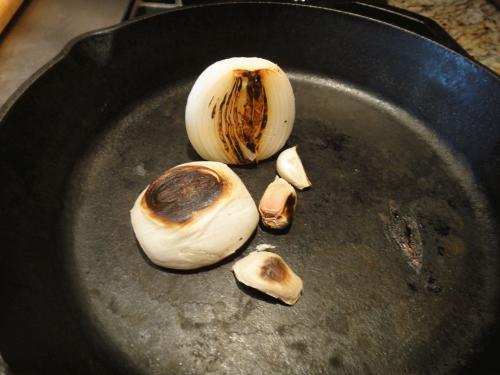 The onion and garlic are to be roasted in a cast iron skillet or comal. Black spots and softness will tell you that they are ready. Peel off the skin from the garlic after it is cooked.
The onion and garlic are to be roasted in a cast iron skillet or comal. Black spots and softness will tell you that they are ready. Peel off the skin from the garlic after it is cooked.---THE CHILES
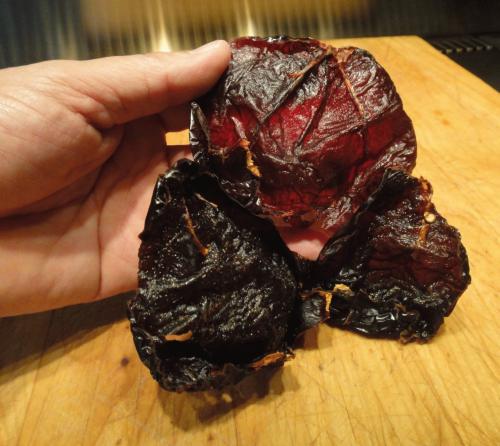
8 Mulatto chiles
5 Ancho chiles
6 Pasilla chiles
2 Chipotle chiles
Wipe them clean, seed and devein them. Reserve the chile seeds for sauteeing as described.
---CHOCOLATE
Use 5 oz. Mexican chocolate. Don't use plain cacao. The Mexican chocolate has the necessary sugar and additional canela flavor.
Additional sugar and salt will be added at the very end of the process to fine tune the taste of this gastronomic symphony.
Method
- Fry the chiles on both sides in
2 Tablespoons Canola oil until they begin to blister and change color.
Remove the chiles and soak them in hot water for 15 minutes. Drain them and puree in a blender, adding water as needed. The puree should be very smooth. If there are large, grainy particles, strain through a fine mesh sieve. Set aside.
- Fry the tomatoes and tomatillos in the remaining oil.
- Using 4 tablespoons of the oil, sauté the raisins until they are plump and change color. Remove the raisins, then saute the almonds, pumpkin seeds, tortillas, reserved chile seeds, and sesame seeds. Add more oil, as needed, to sauté the remaining ingredients.
- Dry-roast the onion and garlic in a comal or dry skillet over medium heat. Remove the garlic when the skin begins to brown. Remove and discard the skin. Keep turning the onion until it is soft and has black spots on all sides. Remove from heat and set aside.
- In a small skillet, add enough oil to sauté the black pepper, cloves, cinnamon, coriander and anise seeds until fragrant over medium low heat. Remove from heat and set aside.
- Blend the dry-roasted vegetables, spices and fried ingredients in batches adding fresh water, as needed, to form a smooth puree. Again, if the particles are large and grainy, strain the puree through a fine mesh sieve. Set aside.
- Heat 3 tablespoons of oil in a Dutch oven over medium heat. Fry the chile puree, stirring frequently, until it changes color and you can see the bottom of the pan when scraped with a wooden spoon, about 8 minutes. Add the pureed vegetable and spice mixture. Reduce heat to a simmer and stir occasionally until the mole thickens, about 1 hour.
- Add approximately 2 cups of water or mild vegetable broth and continue cooking for 30 minutes. The mole should coat the back of a spoon. Add the chocolate pieces and continue cooking, about 10 minutes. Season alternating with salt and sugar.
- Serve the Mole poblano as the main ingredient on the plate with either tortillas, tamales blancos or tamales de frijol. Garnish with toasted sesame seeds.
- Note: The mole will keep in the refrigerated for two weeks. Frozen it will keep for about two months.
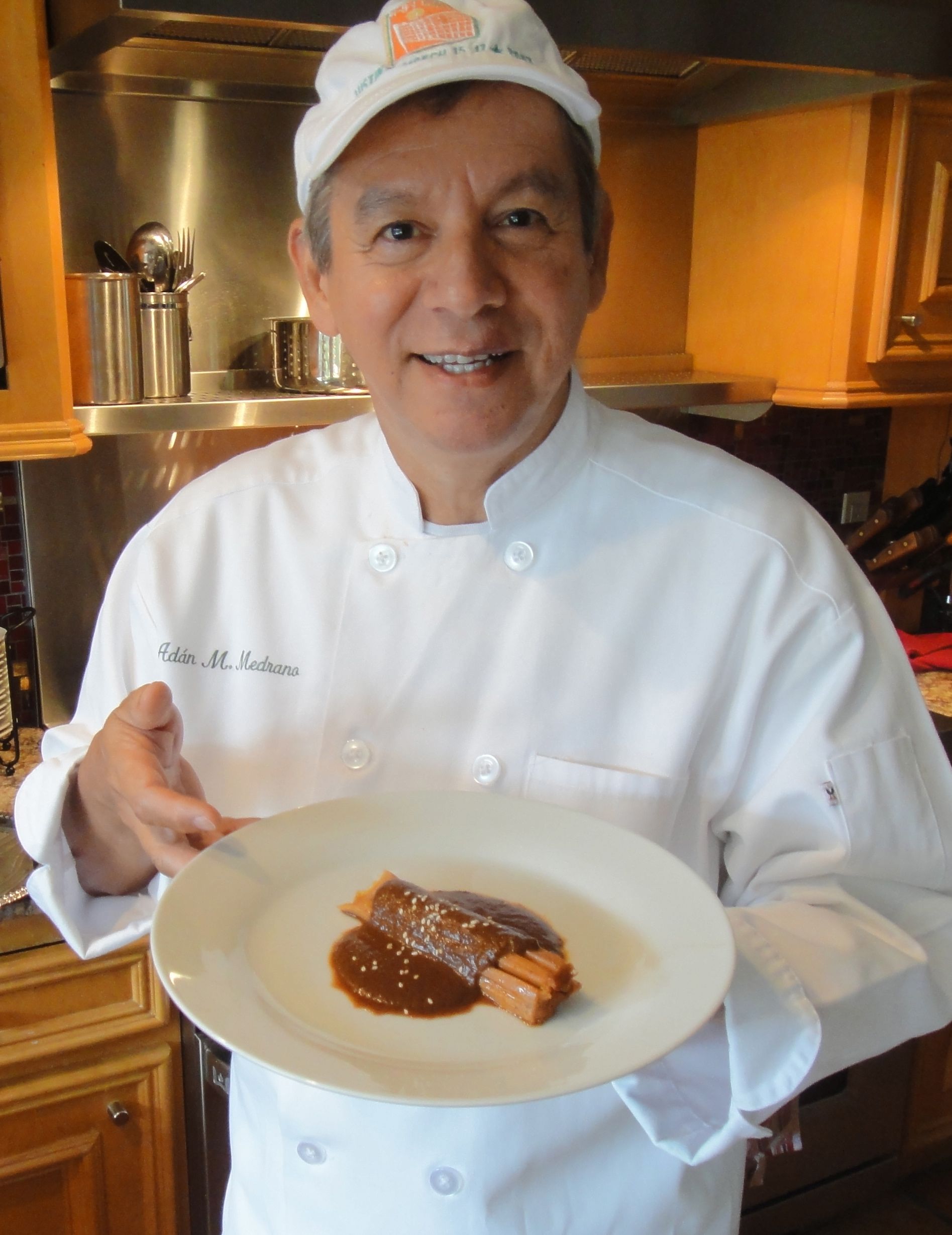
Adapted from Chef Iliana De La Vega and the "Center for Foods of the Americas, Culinary Institute of America."
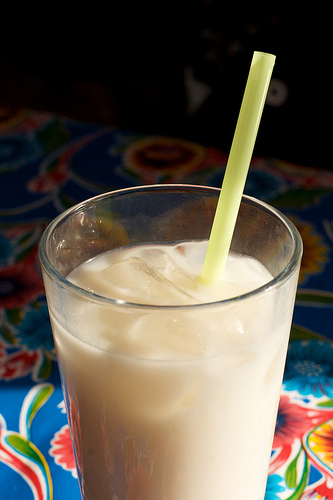

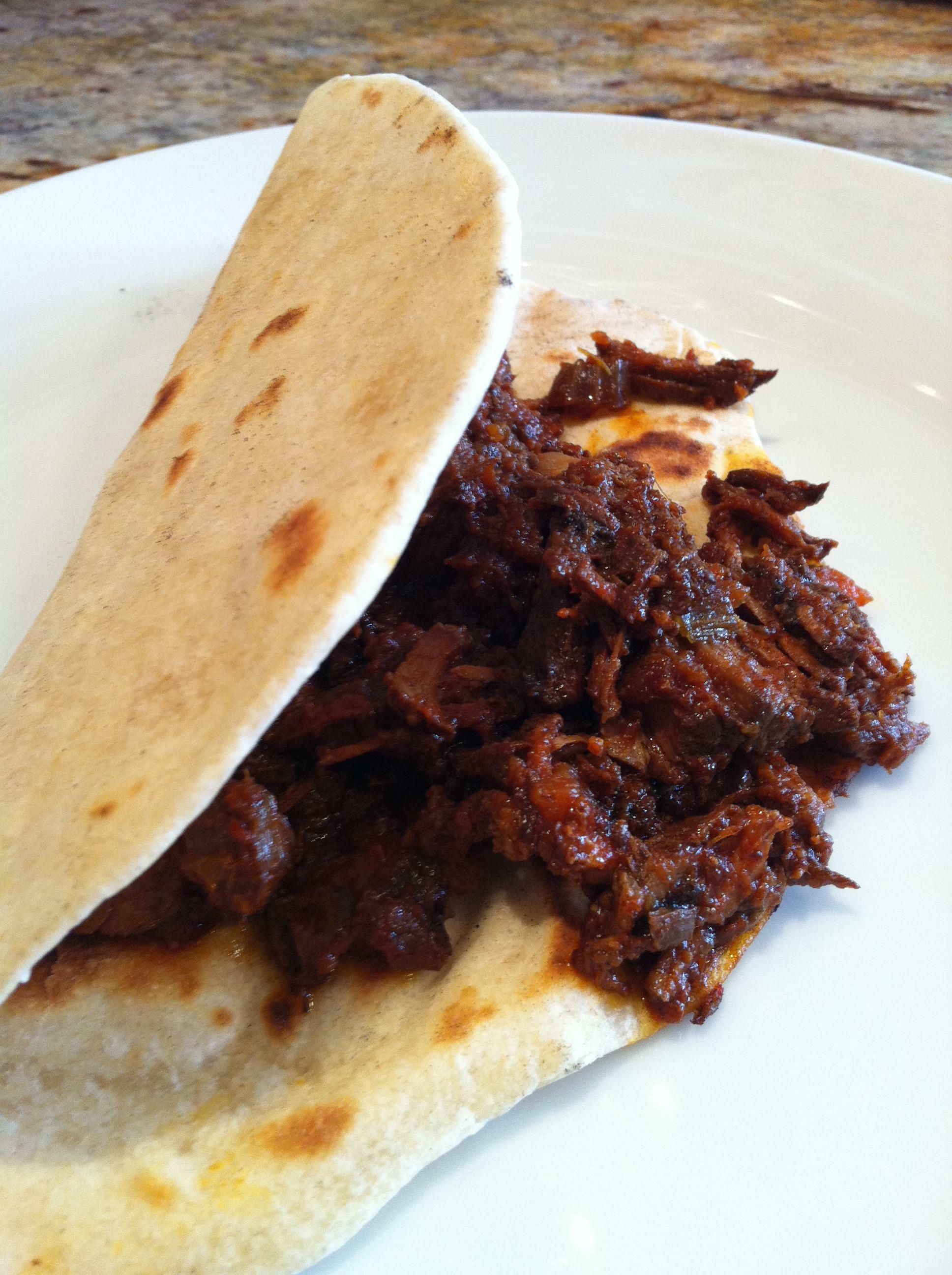
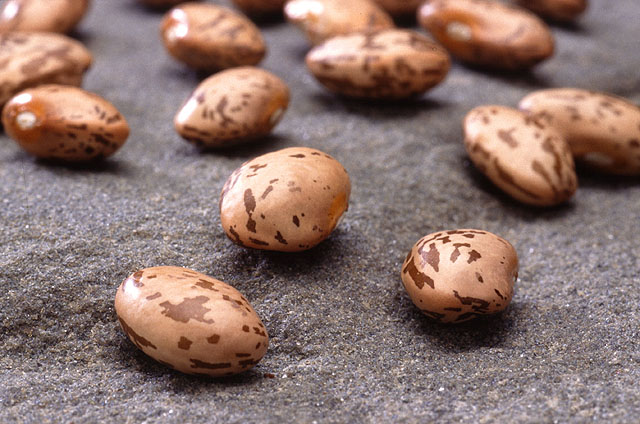 It's not that we don't think black beans are delicious It's simply that for our cuisine they are philosophically incorrect. By this I mean that they are incoherent, out of context and clash with both the techniques of cooking and the complementary flavors of local products, the terroir.
It's not that we don't think black beans are delicious It's simply that for our cuisine they are philosophically incorrect. By this I mean that they are incoherent, out of context and clash with both the techniques of cooking and the complementary flavors of local products, the terroir.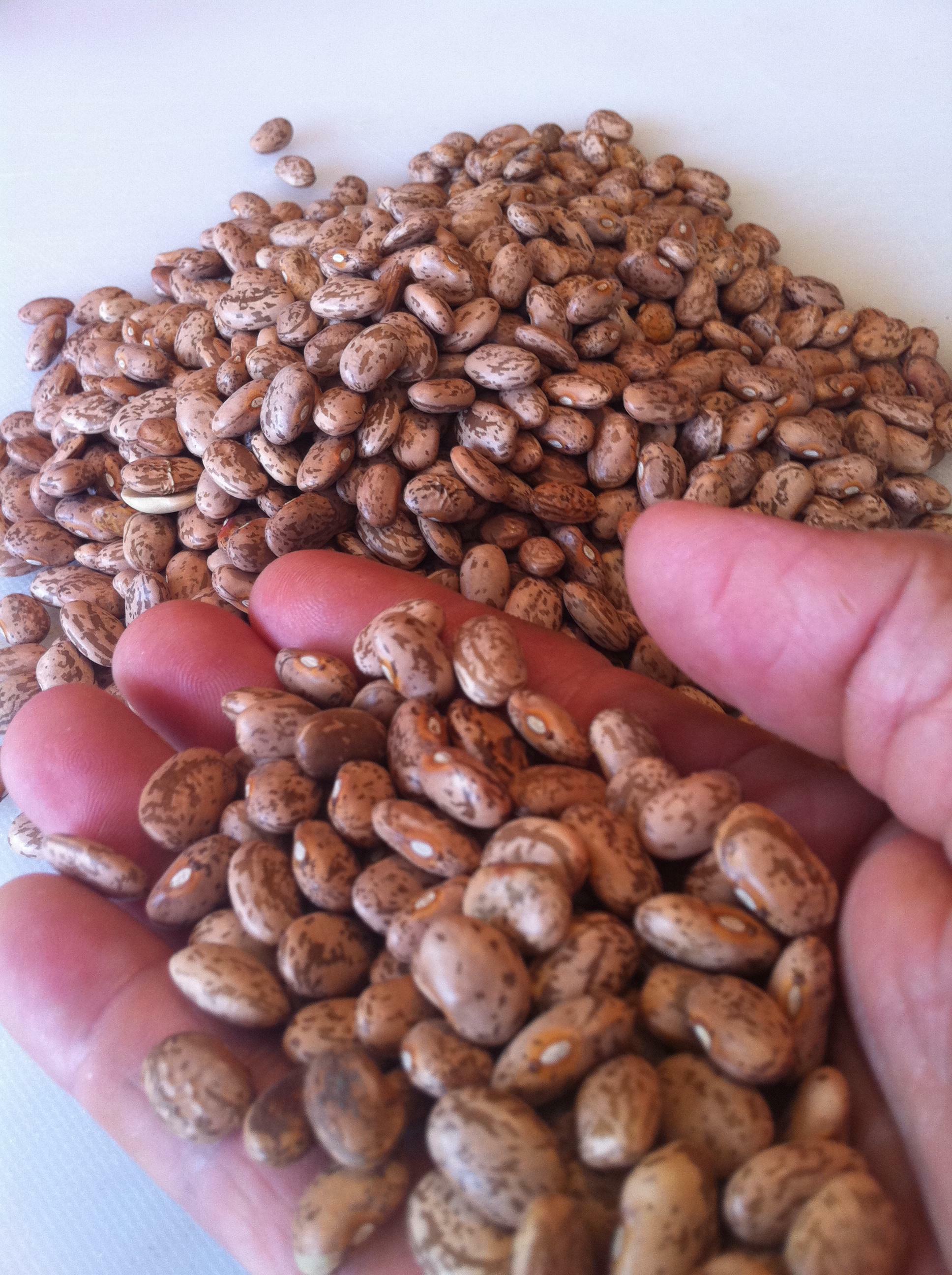 I like the following paragraph from the University of North Texas College of Arts and Sciences "The Philosophy of Food Project."
I like the following paragraph from the University of North Texas College of Arts and Sciences "The Philosophy of Food Project." 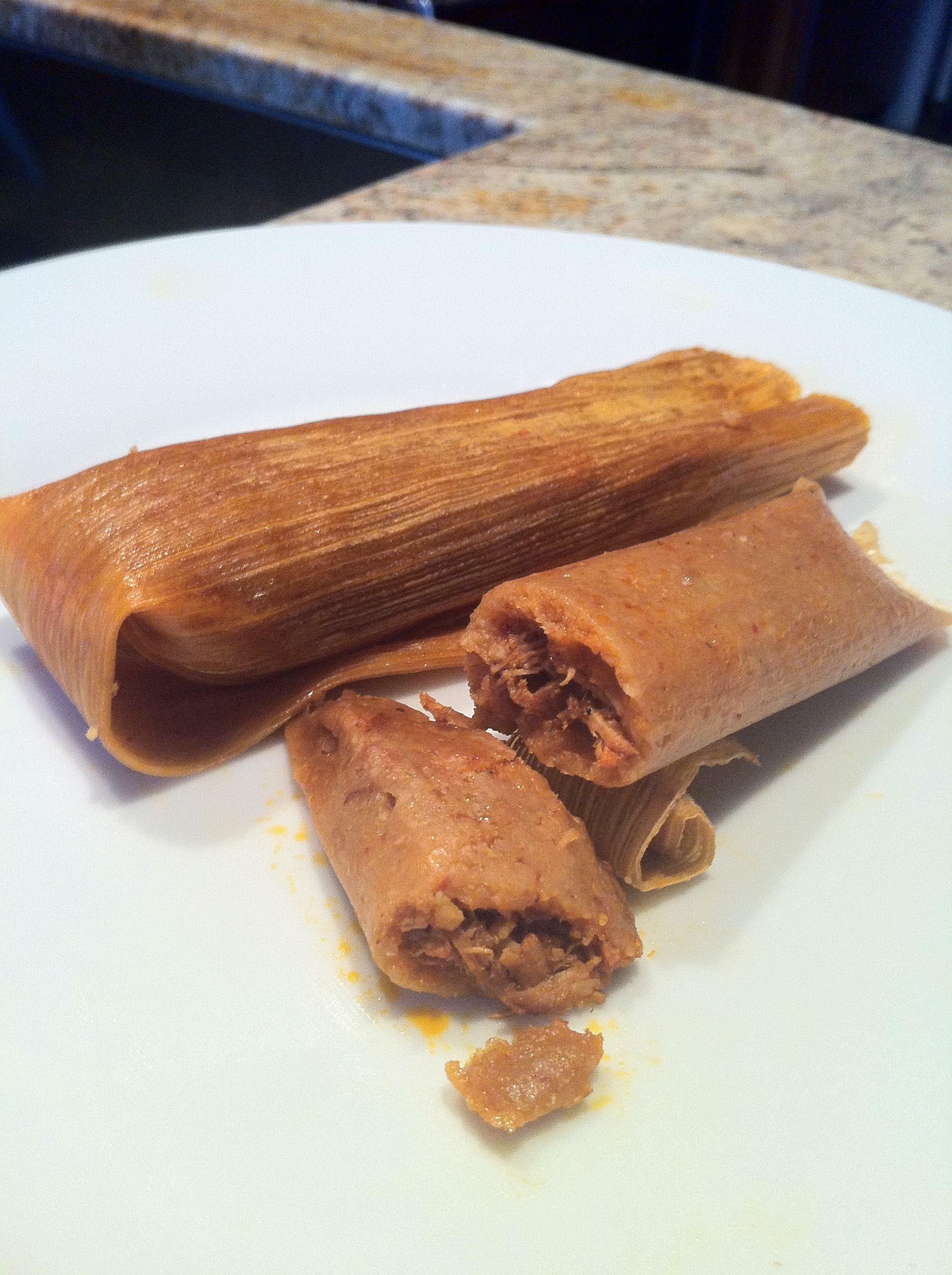
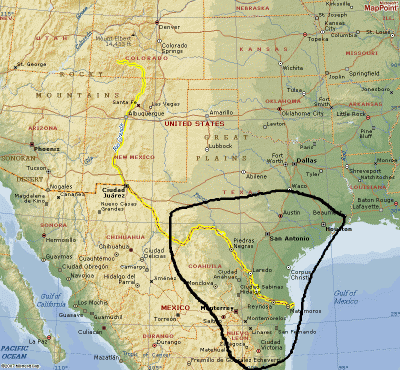 Our region is called the Coahuiltecan Region (Just N & S of the Rio Grande River) and I'm proud to say that our indigenous recipe is as delicious as ever!
Our region is called the Coahuiltecan Region (Just N & S of the Rio Grande River) and I'm proud to say that our indigenous recipe is as delicious as ever!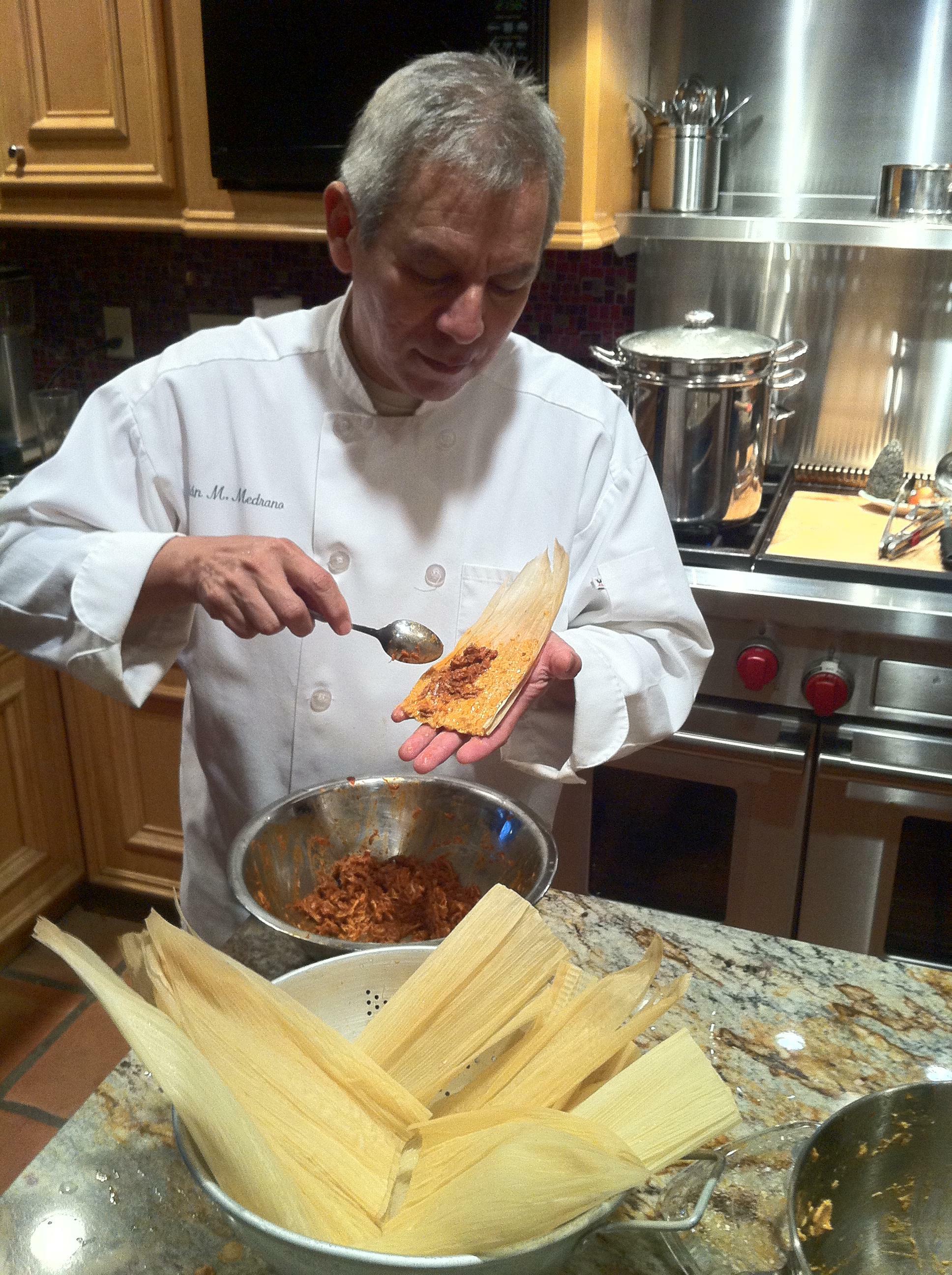
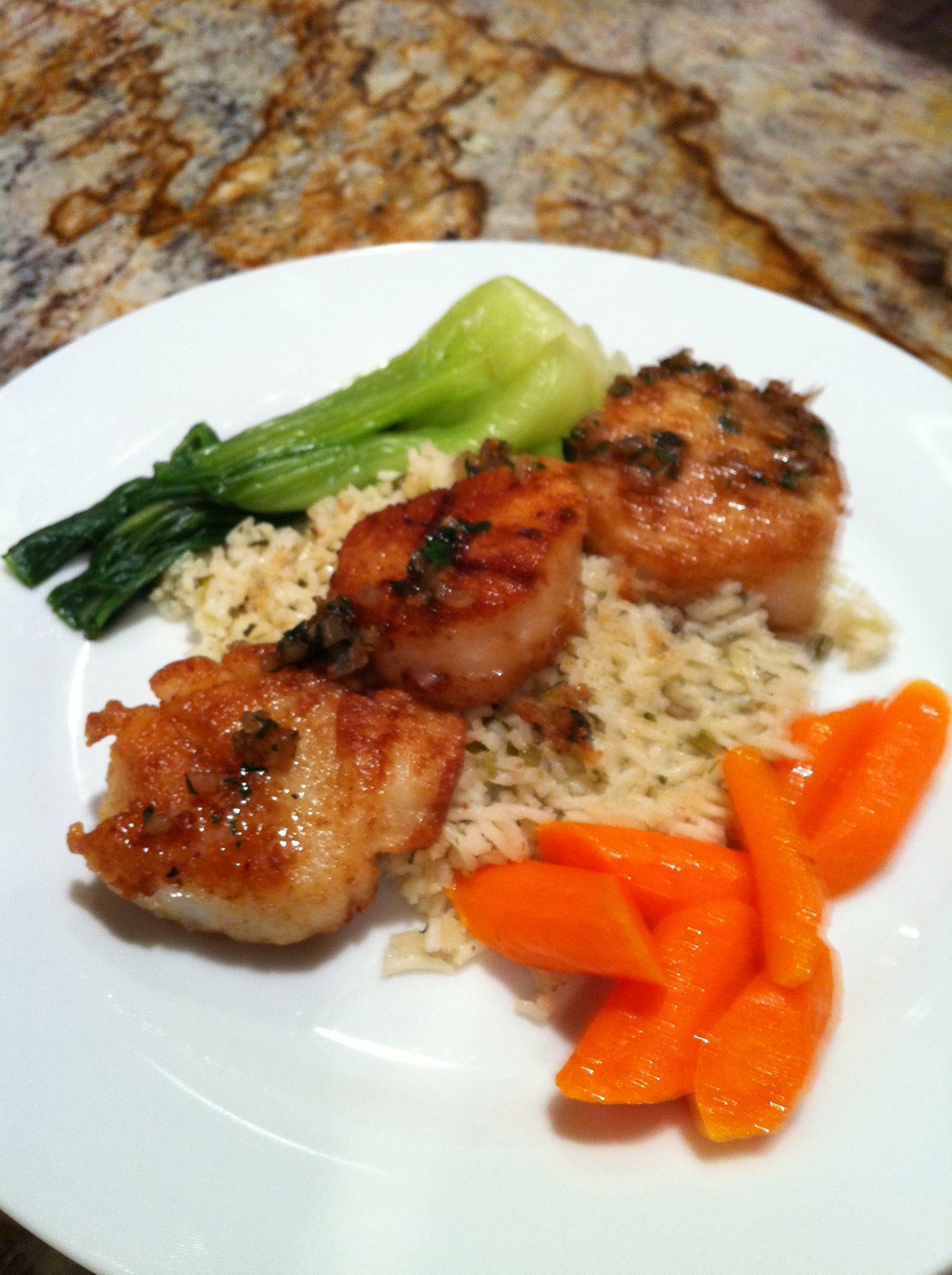


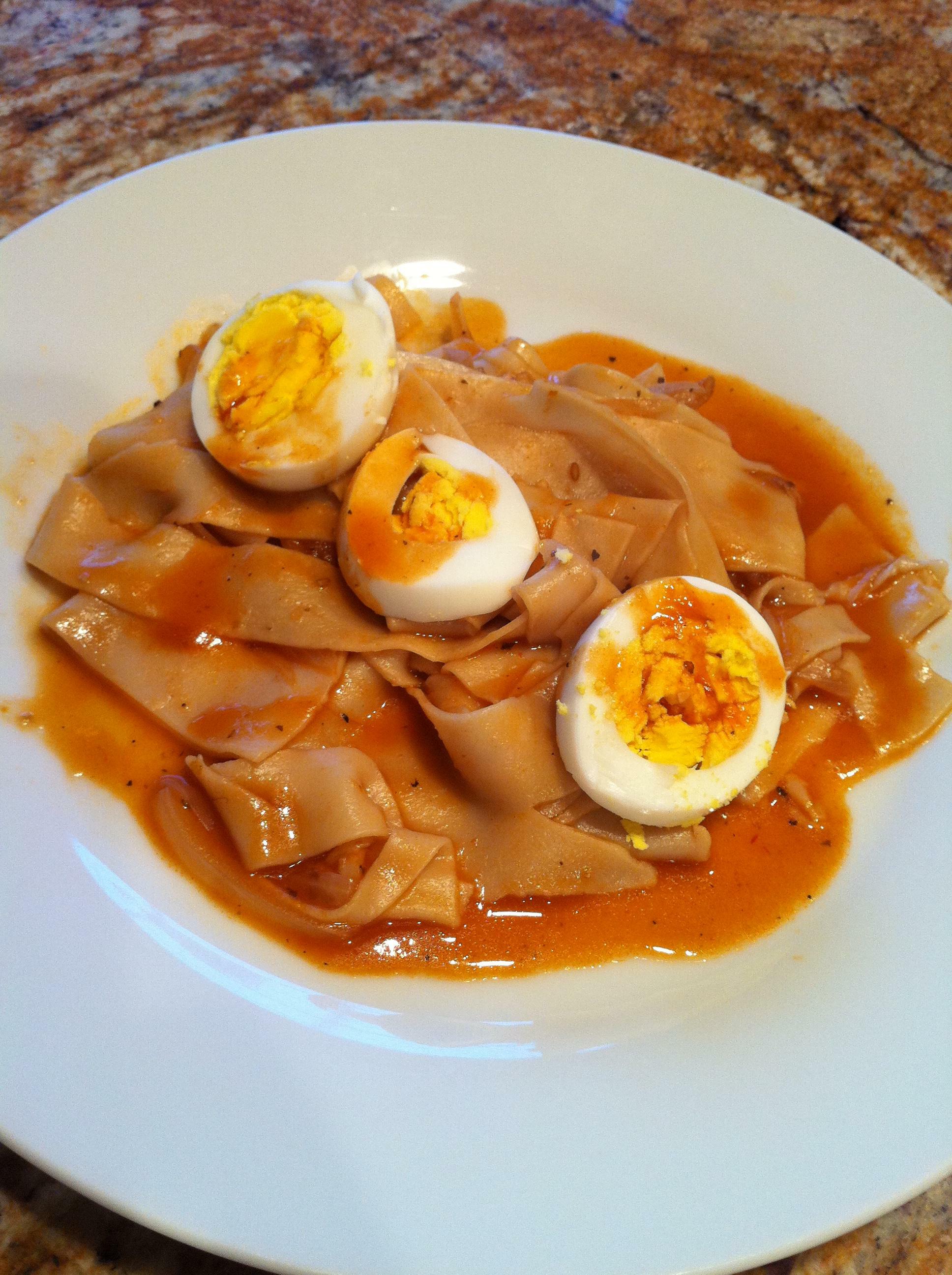
 He is a lover of Tex-Mex food and has done a big service to this regional cuisine by researching and documenting its evolution from ca.1700's. Kudos to him!! Especially since he's had the temerity to kindly and respectfully critique writers like Diana Kennedy who make Mexico the source and the frame of reference for Tex-Mex.
He is a lover of Tex-Mex food and has done a big service to this regional cuisine by researching and documenting its evolution from ca.1700's. Kudos to him!! Especially since he's had the temerity to kindly and respectfully critique writers like Diana Kennedy who make Mexico the source and the frame of reference for Tex-Mex. 